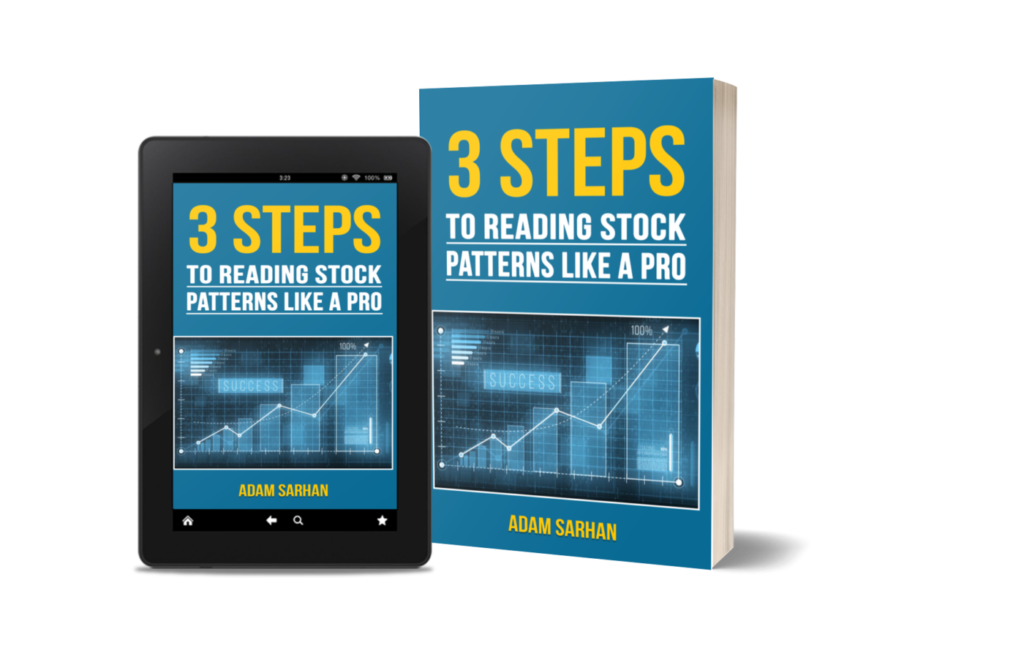 Earlier this year I wrote an article titled Trading Math I- Don’t Let Statistics Fool You and received quite a bit of positive response from it. The article discussed the importance of keeping your losses small and letting your winners run. This week, I want to follow up with a brief introduction to risk and reward in capital markets. Put simply, every transaction on Wall Street presents a chance to both win and lose. In the simplest sense, successful traders make more money than they lose and unsuccessful traders do the opposite.
Earlier this year I wrote an article titled Trading Math I- Don’t Let Statistics Fool You and received quite a bit of positive response from it. The article discussed the importance of keeping your losses small and letting your winners run. This week, I want to follow up with a brief introduction to risk and reward in capital markets. Put simply, every transaction on Wall Street presents a chance to both win and lose. In the simplest sense, successful traders make more money than they lose and unsuccessful traders do the opposite.
How Unsuccessful Traders View Risk & Reward
Most people get caught up in the headlines and do not properly understand statistics, especially on Wall Street. For example, someone tells you their win-loss ratio is 90 to 10 (meaning they win 90% of the time and lose 10% of the time). At first blush, you might consider that to be a very healthy win-loss ratio. But what if I told you that you can still lose money by winning 90% of the time and that ratio in and of itself has nothing to do with whether or not someone is a successful trader. The key is to understand Trading Math and look at the amount of money you win vs. the amount of money you lose when wrong. The following exaggerated example will help illustrate this point:
Trader A: 90/10 Win rate
Trader A placed ten trades. He won nine times and lost once. In this example, the trader won $1 for each winning trade (total won $9) and lost $10 when he was wrong (total lost $10). As you can see in this simple example, even though the trader had a 90% win rate, the trader still ended up losing money. The difference is negative $1. Therefore, the overall win-loss ratio is misleading and has nothing to do with the bottom line. Let’s take a look at trader B
Trader B: 1/99 Win Rate
Trader B placed one hundred trades and only won one time and lost ninety-nine times. In this example, trader B lost $1 for every losing trade (total $99) and won $199 on her one winning trade. In this example, the trader ended up making money even though she lost 99% of the time!
How Successful Traders View Risk & Reward
 I like to do a quarterly inventory of all my trades and study my actions. I learn from my mistakes and see how I can improve my process. Successful traders think in probabilities and not absolutes. They know that anything can happen on Wall Street and are prepared for any possible outcome before they risk a penny. Many successful traders have a win-loss ratio of close to 40/60 (meaning they only win 40% of the time). Through this strategy, they end up making a lot of money because they cap their losses and let their winners run. So don’t be afraid to let your winners run and don’t let statistics dictate your trading.
I like to do a quarterly inventory of all my trades and study my actions. I learn from my mistakes and see how I can improve my process. Successful traders think in probabilities and not absolutes. They know that anything can happen on Wall Street and are prepared for any possible outcome before they risk a penny. Many successful traders have a win-loss ratio of close to 40/60 (meaning they only win 40% of the time). Through this strategy, they end up making a lot of money because they cap their losses and let their winners run. So don’t be afraid to let your winners run and don’t let statistics dictate your trading.




